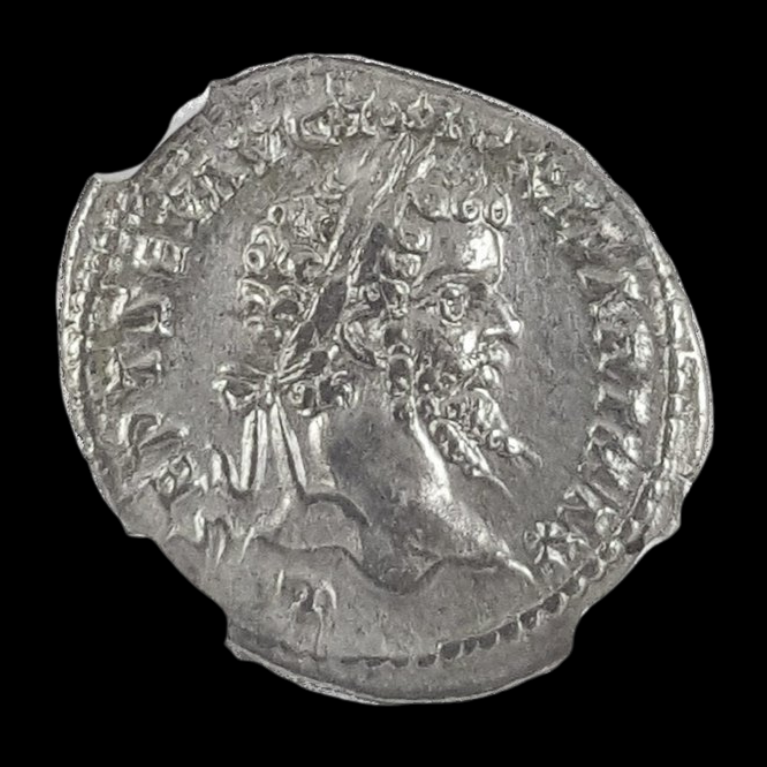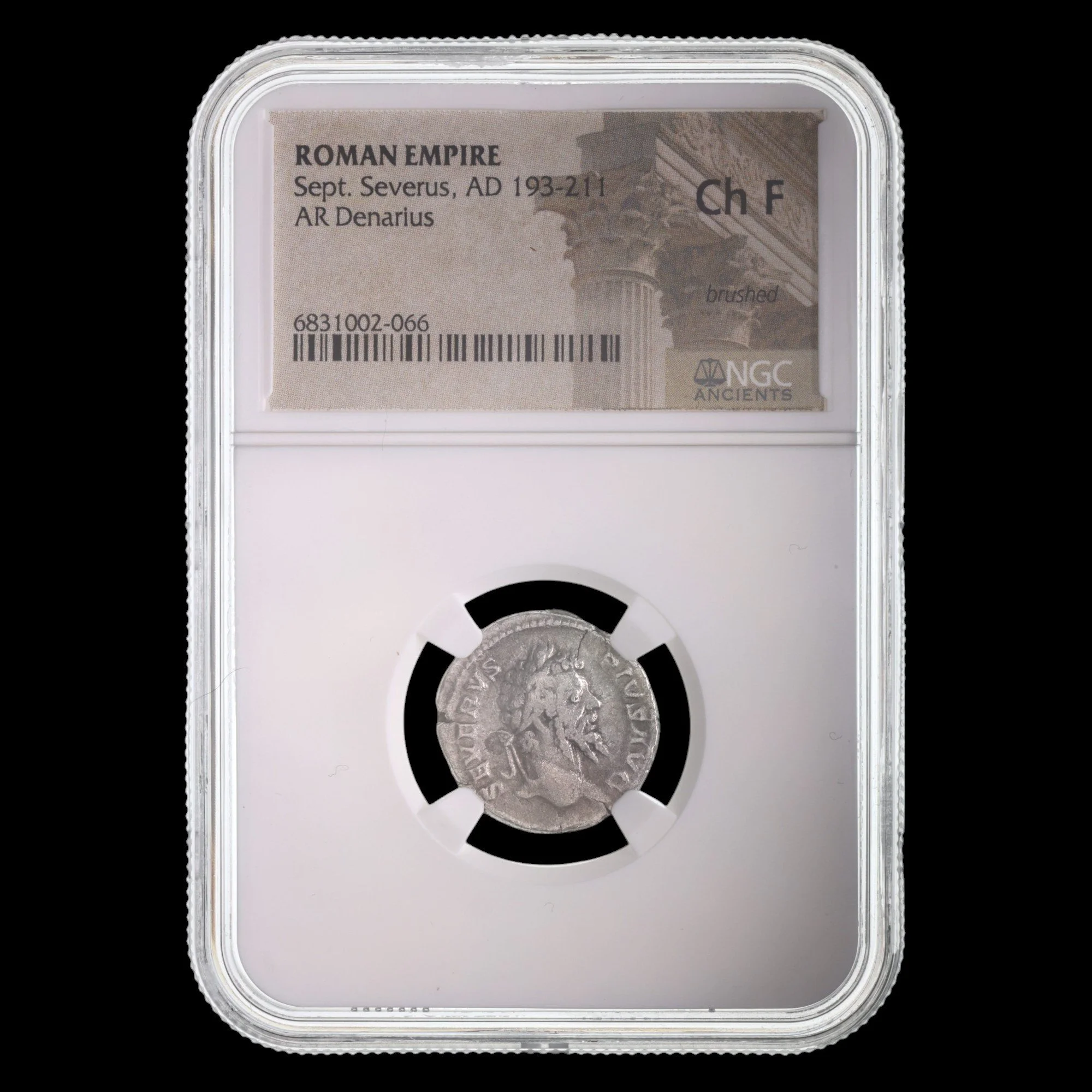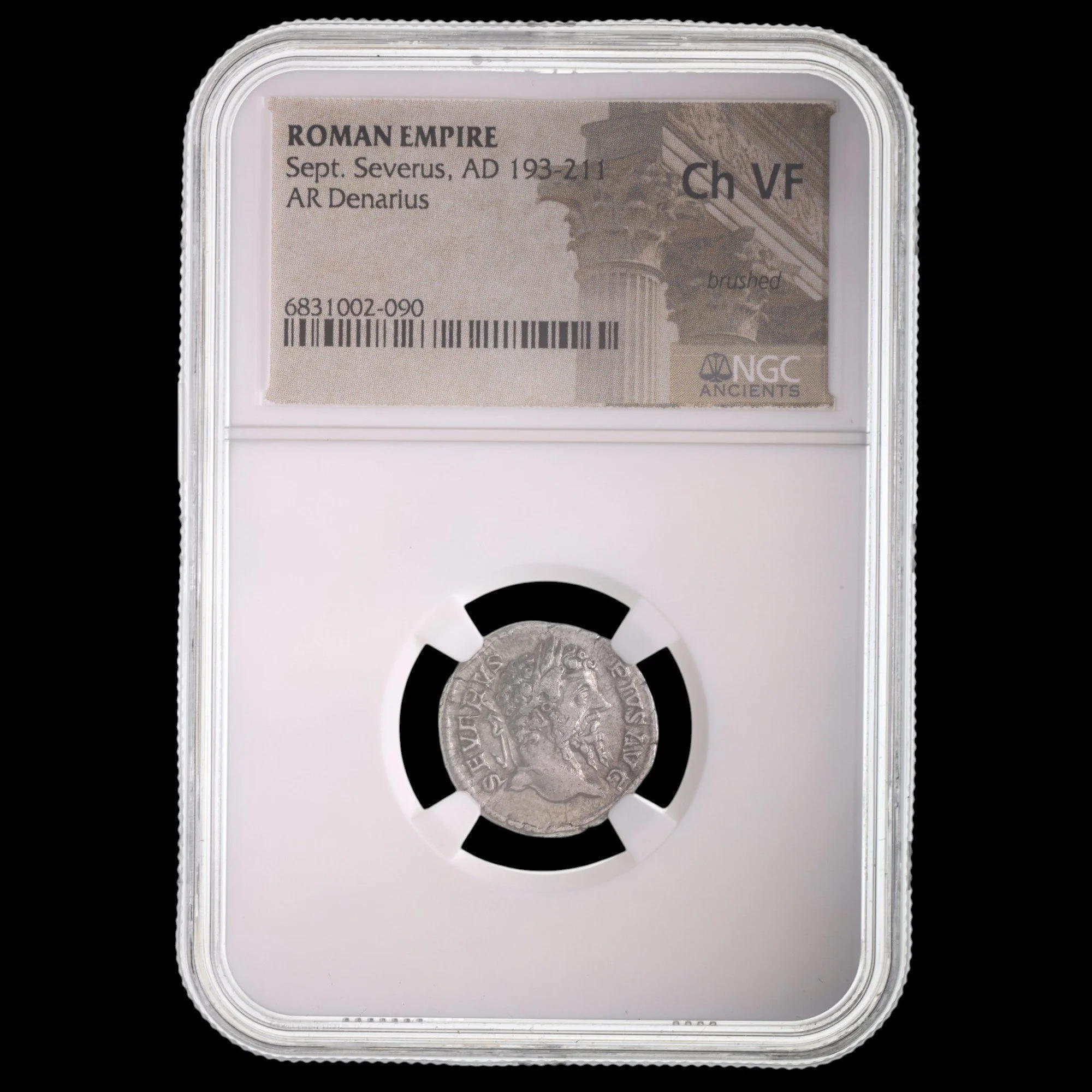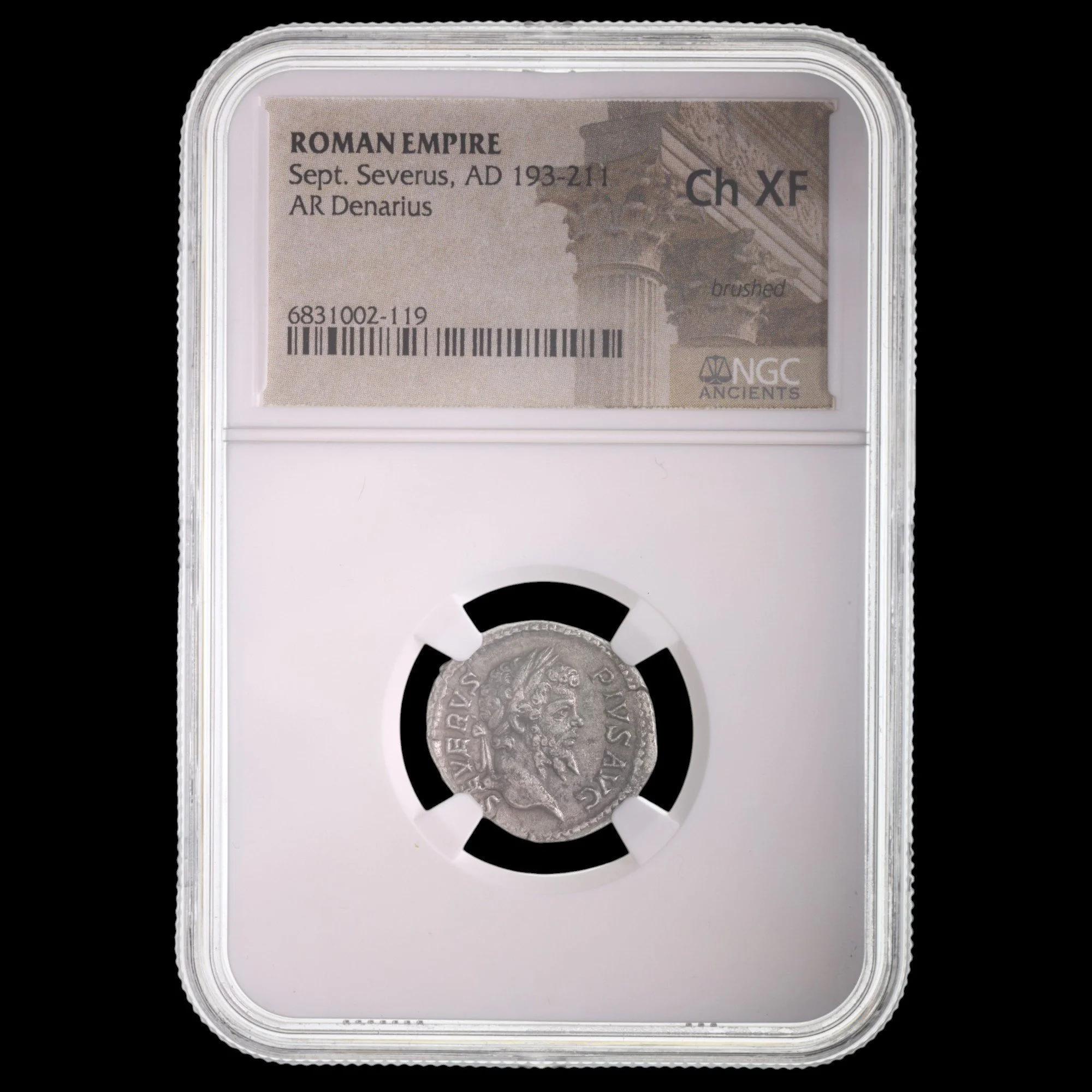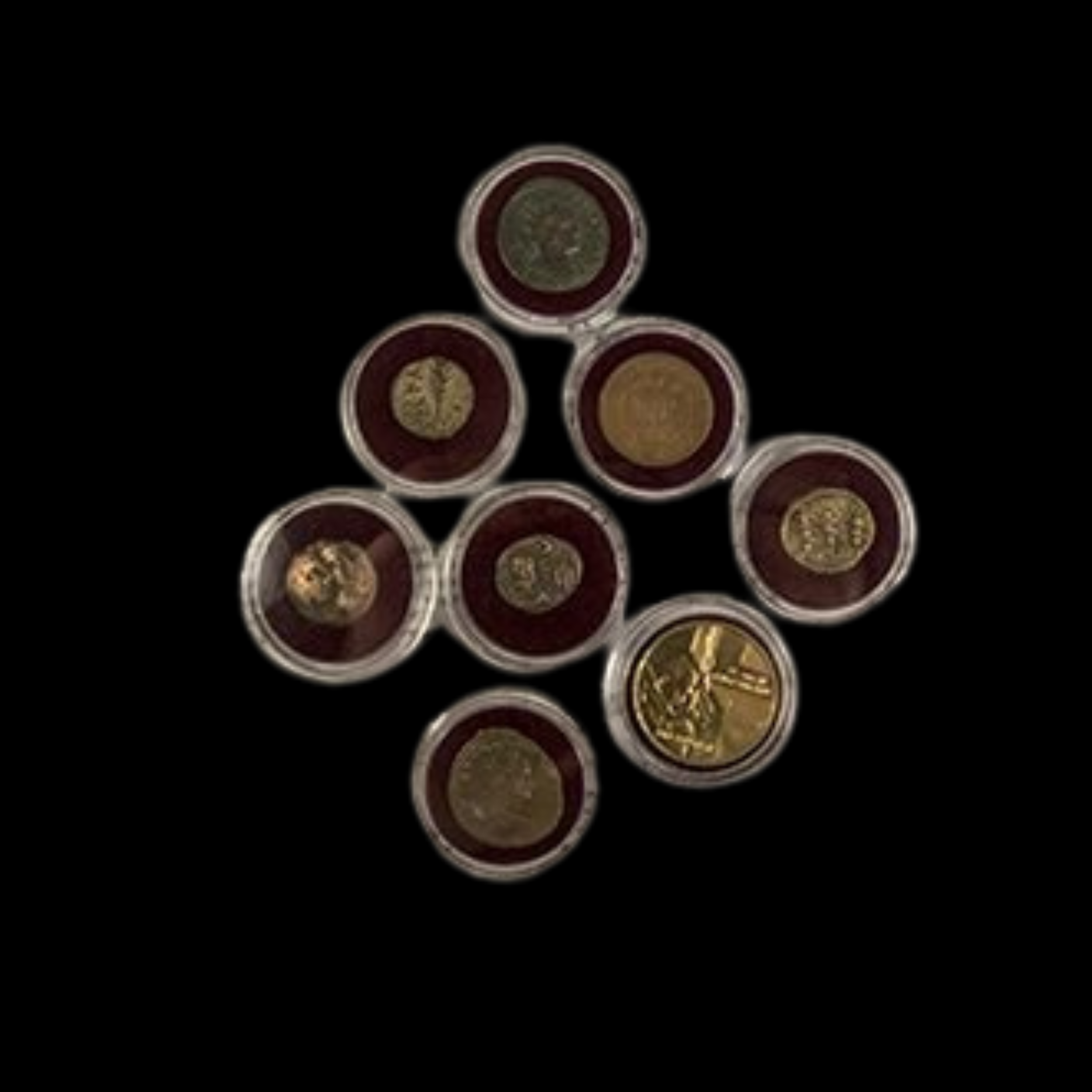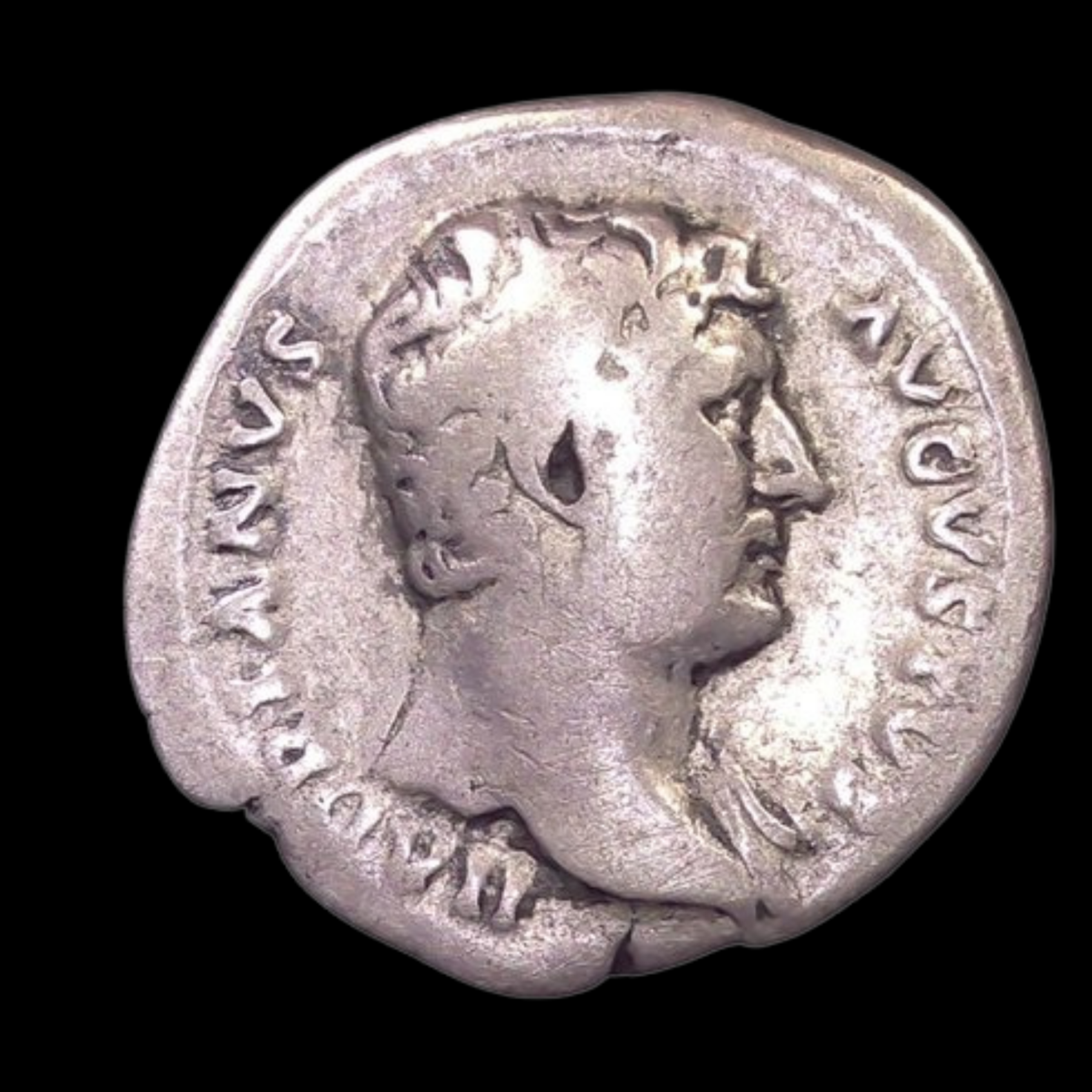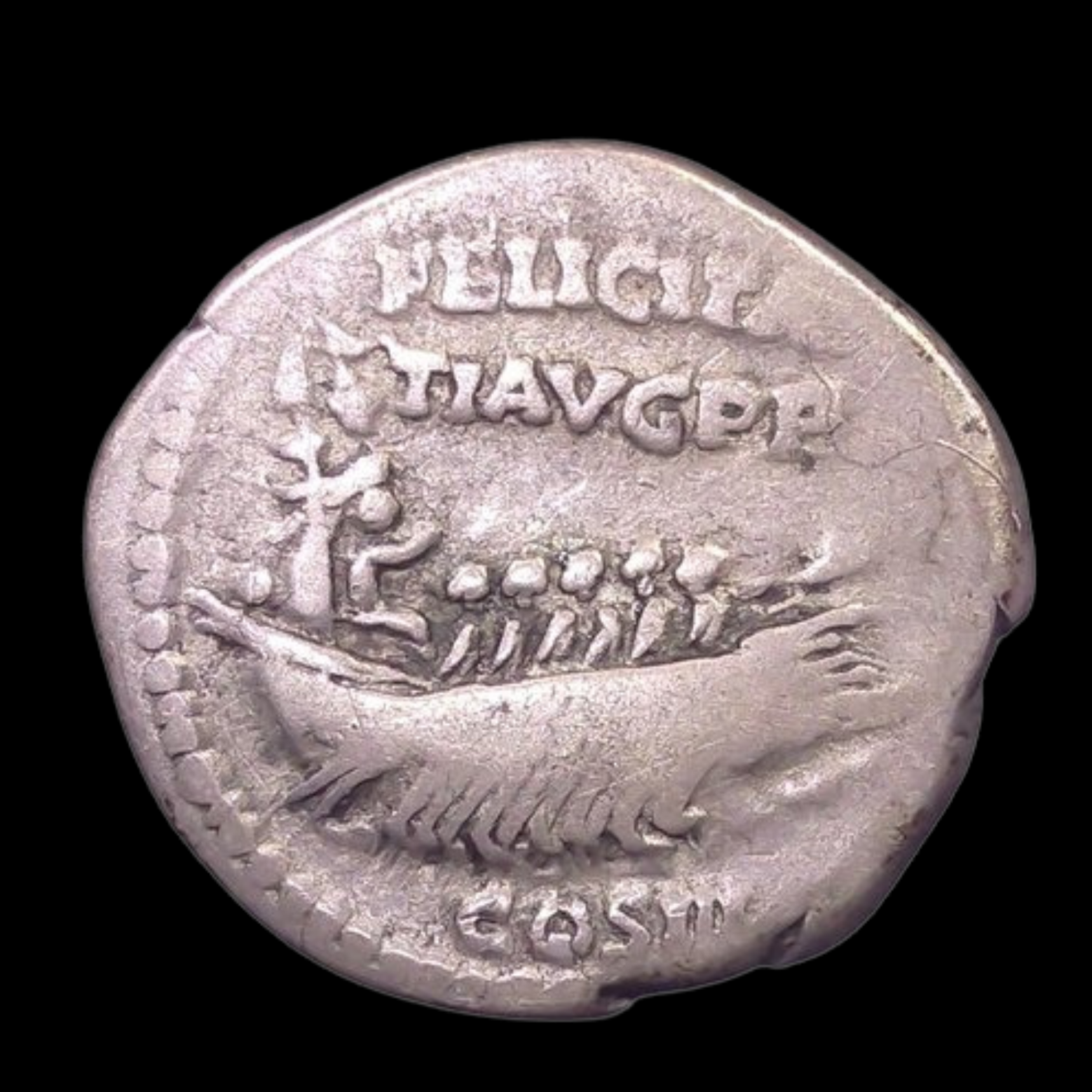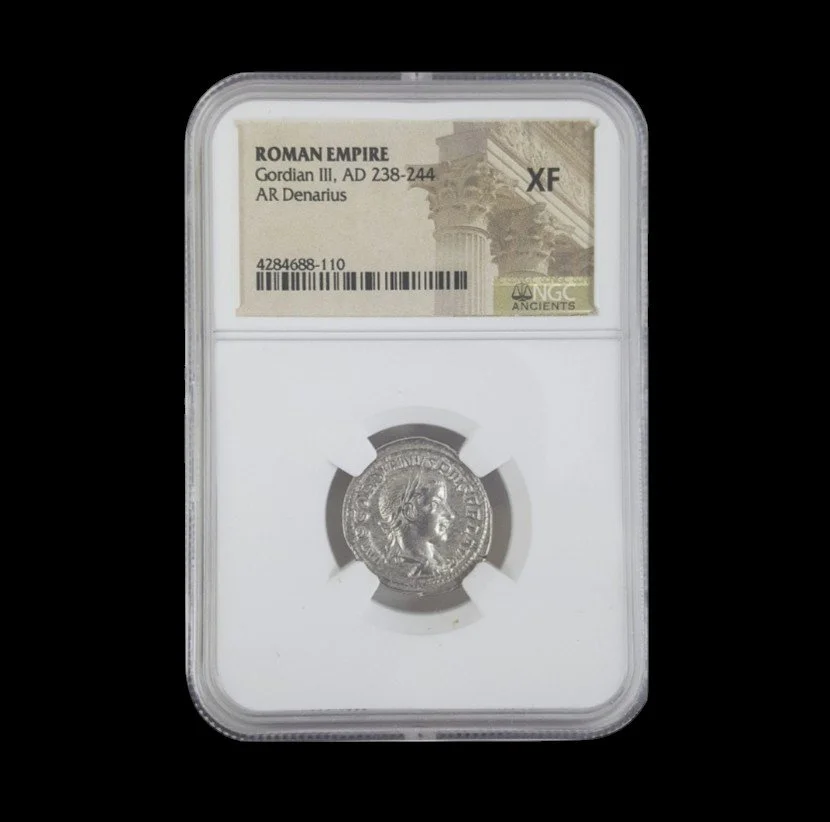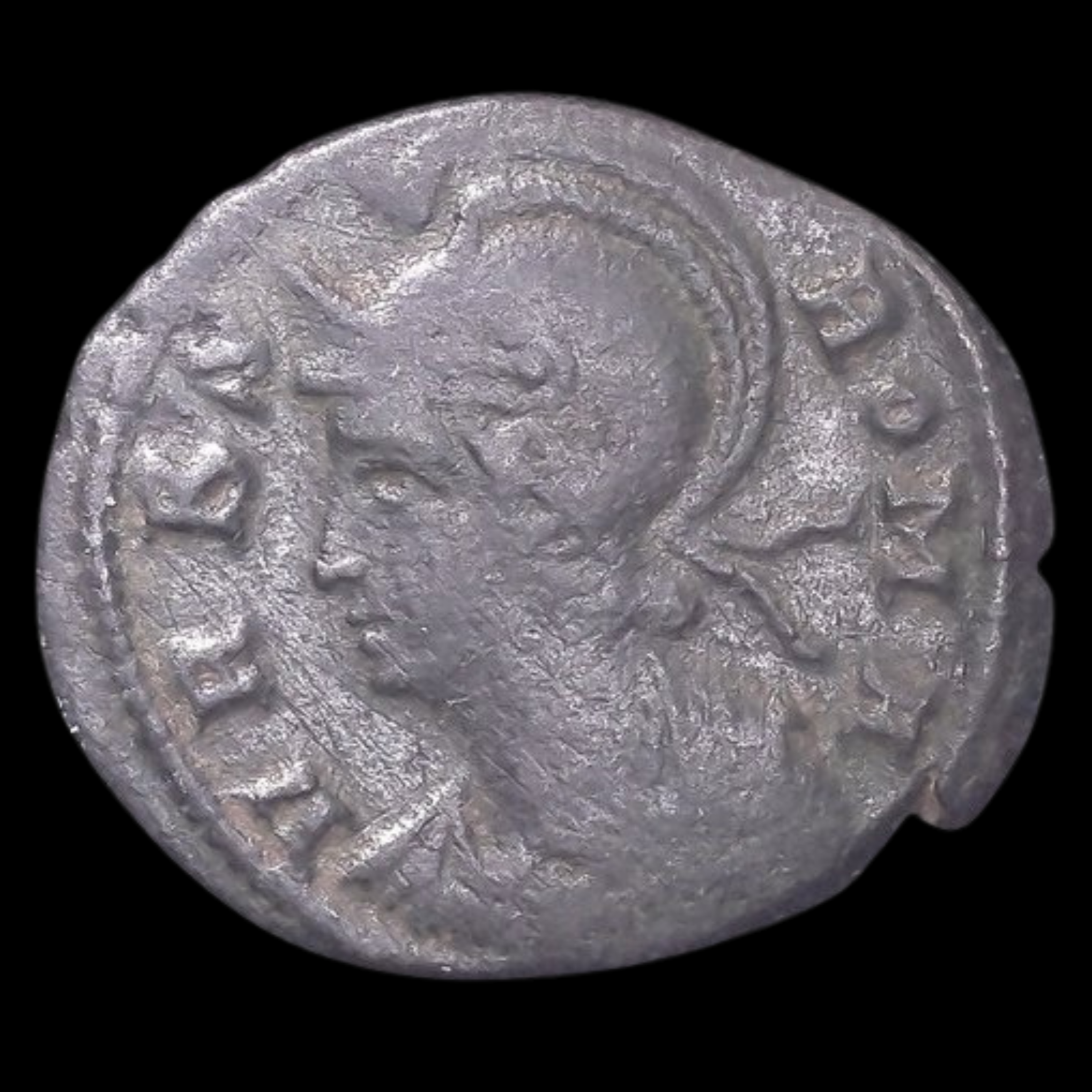 Image 1 of 1
Image 1 of 1


Roman Empire Bronze Coin of Constantine I (about 1690 years ago)
This small bronze coin was minted in Constantinople (modern Istanbul, Turkey) during the later reign of Constantine I, after he had established his new eastern capital. Part of a commemorative series rather than depicting the emperor himself, this coin celebrates Rome's ancient heritage while reflecting Constantine's ambitious vision for his new city.
Coin Description:
Front side: Helmeted bust of Roma (personification of the city of Rome) facing left; inscription "VRBS ROMA" (City of Rome)
Back side: She-wolf standing left, suckling the twins Romulus and Remus (Rome's legendary founders); two stars above; mint mark "CONSE" in exergue (bottom section)
Technical Details:
Bronze composition, weighing 1.93 grams
AE3 denomination (small bronze coin in late Roman monetary system)
Reference: RIC-78
No certification mentioned
Date: 333-335 CE, minted at Constantinople
Condition: Not specified
Historical Significance: This commemorative issue reflects Constantine's complex relationship with Rome's past. Although he had established Constantinople as his new capital in the east, he maintained symbolic connections to Rome's ancient traditions. The legendary she-wolf nursing Romulus and Remus was one of Rome's most sacred origin stories. Issuing this traditional imagery from his new eastern capital demonstrated Constantine's claim that Constantinople was a continuation and renewal of Roman civilization, even as the empire's power center shifted eastward.
This small bronze coin was minted in Constantinople (modern Istanbul, Turkey) during the later reign of Constantine I, after he had established his new eastern capital. Part of a commemorative series rather than depicting the emperor himself, this coin celebrates Rome's ancient heritage while reflecting Constantine's ambitious vision for his new city.
Coin Description:
Front side: Helmeted bust of Roma (personification of the city of Rome) facing left; inscription "VRBS ROMA" (City of Rome)
Back side: She-wolf standing left, suckling the twins Romulus and Remus (Rome's legendary founders); two stars above; mint mark "CONSE" in exergue (bottom section)
Technical Details:
Bronze composition, weighing 1.93 grams
AE3 denomination (small bronze coin in late Roman monetary system)
Reference: RIC-78
No certification mentioned
Date: 333-335 CE, minted at Constantinople
Condition: Not specified
Historical Significance: This commemorative issue reflects Constantine's complex relationship with Rome's past. Although he had established Constantinople as his new capital in the east, he maintained symbolic connections to Rome's ancient traditions. The legendary she-wolf nursing Romulus and Remus was one of Rome's most sacred origin stories. Issuing this traditional imagery from his new eastern capital demonstrated Constantine's claim that Constantinople was a continuation and renewal of Roman civilization, even as the empire's power center shifted eastward.


